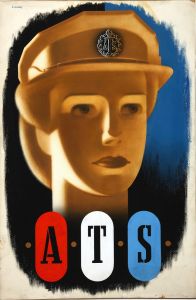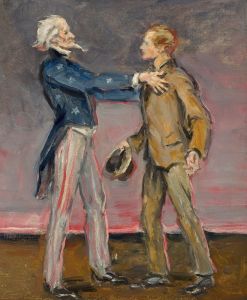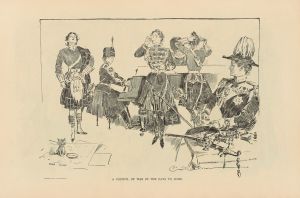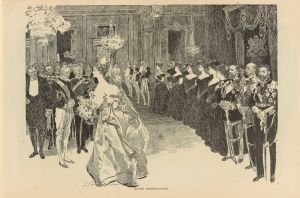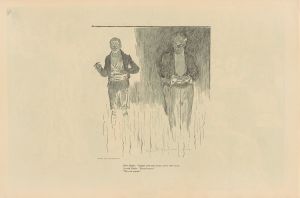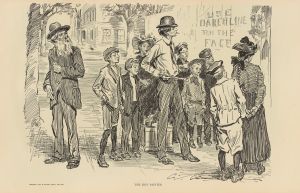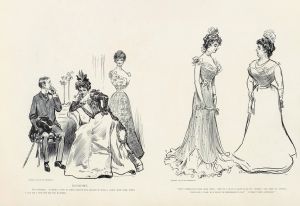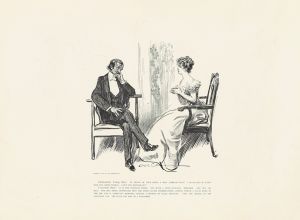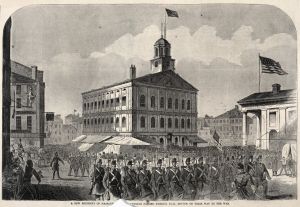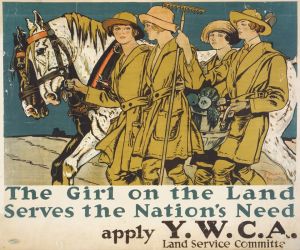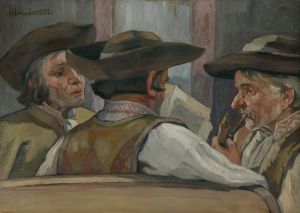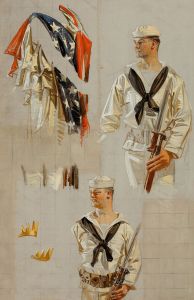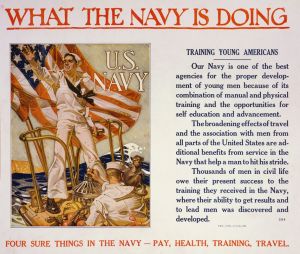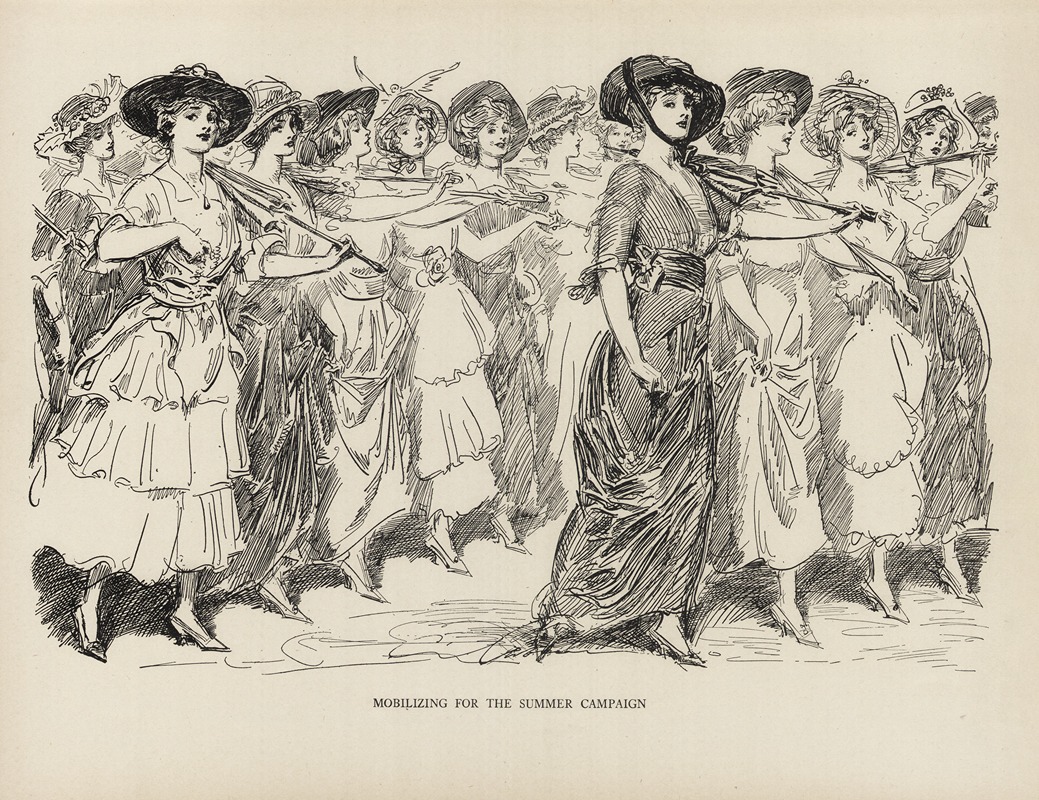
Mobilizing for the summer campaign
A hand-painted replica of Charles Dana Gibson’s masterpiece Mobilizing for the summer campaign, meticulously crafted by professional artists to capture the true essence of the original. Each piece is created with museum-quality canvas and rare mineral pigments, carefully painted by experienced artists with delicate brushstrokes and rich, layered colors to perfectly recreate the texture of the original artwork. Unlike machine-printed reproductions, this hand-painted version brings the painting to life, infused with the artist’s emotions and skill in every stroke. Whether for personal collection or home decoration, it instantly elevates the artistic atmosphere of any space.
Charles Dana Gibson was an influential American illustrator, best known for his creation of the "Gibson Girl," a representation of the idealized American woman at the turn of the 20th century. His work captured the spirit and social dynamics of his time, often with a touch of humor and satire. One of his notable works is "Mobilizing for the Summer Campaign," which reflects his keen observation of societal trends and norms.
"Mobilizing for the Summer Campaign" is a black-and-white illustration that exemplifies Gibson's style and thematic focus. Created during the early 20th century, this piece is part of Gibson's broader commentary on the social customs and gender roles of his era. The illustration typically features a group of elegantly dressed women, presumably preparing for the social activities of the summer season. The term "campaign" in the title humorously likens the social preparations and engagements of the upper class to a military campaign, highlighting the strategic planning and effort involved in maintaining social status and appearances.
Gibson's work often depicted the leisure class, and "Mobilizing for the Summer Campaign" is no exception. The women in the illustration are likely adorned in the fashion of the time, characterized by long dresses, elaborate hats, and a poised demeanor. This reflects the societal expectations placed upon women to uphold certain standards of beauty and etiquette. The "Gibson Girl" archetype, which these women embody, was seen as independent, confident, and socially adept, yet still bound by the conventions of the day.
The humor in Gibson's work often lay in its subtle critique of these societal norms. By portraying the social season as a "campaign," Gibson underscores the performative and sometimes superficial nature of these social rituals. His illustrations were published in popular magazines of the time, such as Life and Harper's Weekly, reaching a wide audience and influencing public perception of gender roles and social customs.
Gibson's illustrations, including "Mobilizing for the Summer Campaign," played a significant role in shaping the visual culture of the early 20th century. They provided a lens through which contemporary audiences could view and reflect upon their own social practices. While the "Gibson Girl" was an aspirational figure for many women, embodying grace and sophistication, she also highlighted the limitations and expectations imposed on women by society.
In summary, "Mobilizing for the Summer Campaign" is a quintessential example of Charles Dana Gibson's work, capturing the essence of early 20th-century American society with wit and insight. Through his illustrations, Gibson not only entertained but also provoked thought about the roles and expectations of women, leaving a lasting impact on American art and culture.






